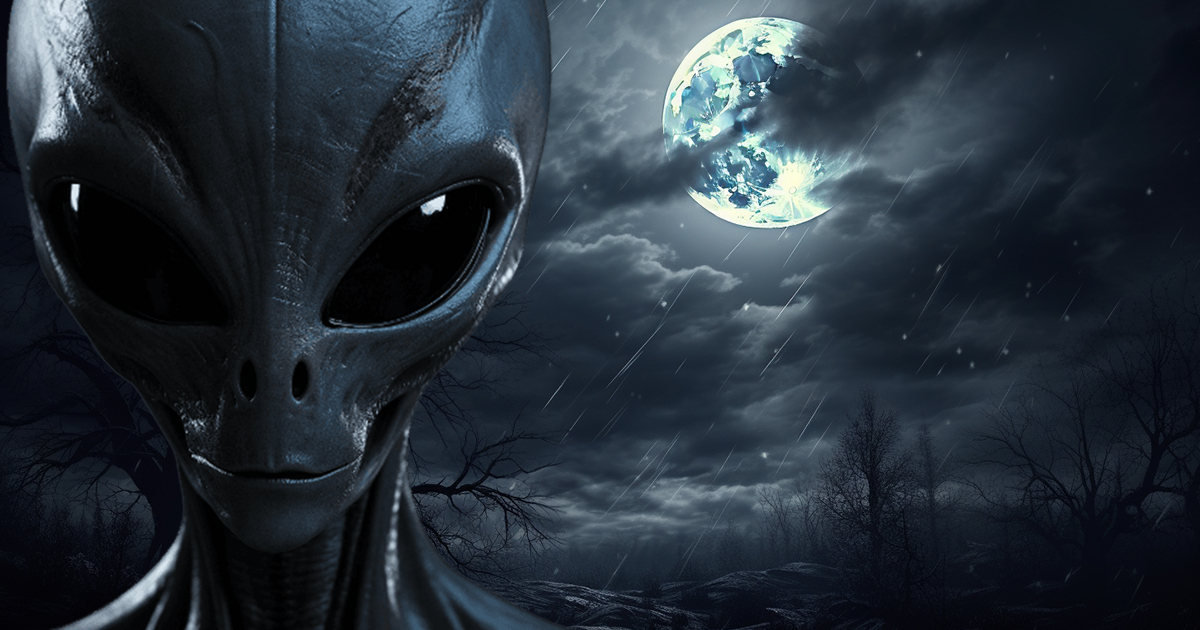Exploring the Moon’s Intriguing Beginnings
Throughout history, humanity has been fascinated by the moon, Earth’s loyal companion in the vast universe. Its presence has sparked countless stories, myths, and scientific quests. Despite relentless exploration, the question of the moon’s birth remains cloaked in mystery. This piece delves into the captivating theories on the moon’s origins unveiled during Season 11 of “Ancient Aliens” on the History channel.
Unraveling the Moon’s Enigma
In the documentary, narrator David Childress sheds light on the perplexing origins of the moon that have confounded scientists for ages. Early beliefs proposed that moons were captives of their planets, yet this idea faced a significant challenge grounded in basic physics. How could a celestial body be snatched and retained in orbit?
An Innovative Proposition
Approximately two decades ago, a revolutionary hypothesis emerged to decipher the enigmatic birth of the moon. This theory posits that a planet the size of Mars collided with a young Earth at an angle. The monumental impact led to the creation of the moon from the debris scattered by the collision.

Conceiving a Radical Idea
The new theory may seem fantastical, but it arose out of necessity. Traditional explanations fell short. To rationalize the moon’s genesis, scientists had to imagine a cataclysmic occurrence – a colossal crash generating a ring of wreckage, eventually merging to forge the moon.
Precise Alignment for Cosmic Spectacles
The moon’s size and its nearness to Earth are remarkably distinct. Its diameter is about 400 times smaller than that of the sun, and remarkably, it orbits Earth at a distance nearly matching 400 times the sun’s diameter. This intricate setup allows for rare total solar eclipses, events with incredibly slim chances of happening randomly.
Intentional Design or Serendipity?
Scholars like David Childress and Mike Bara propose that the moon’s specifications are too precise to be mere chance. Particularly, the moon’s equatorial width of 2,160 miles is viewed as a sign of intelligent design instead of luck.
The Moon’s Peculiar Role
Comparing it with other celestial bodies, Earth’s moon stands out as an anomaly. Most moons are much tinier relative to their planets, and none boast an orbit as perfectly round as the moon’s. Moreover, no other moon in our solar system performs as essential a stabilizing function in its planet’s environment as the moon does for Earth.
A Crucial Life Sustainer
Studies show that minus the moon, Earth’s axial tilt, and consequently, its seasons, would undergo drastic changes. The moon’s steadying impact on Earth’s climate has been instrumental in fostering and maintaining life as we know it.
A Cosmic Conundrum
The mysteries encircling the moon, its inception, and its vital function in Earth’s survival prompt profound ponderings. Could there be a conscious design behind the moon’s unique traits? Was it perhaps strategically positioned or engineered, conceivably by extraterrestrial entities? These queries challenge us to reflect on whether our existence stems from a deliberate cosmic occurrence.
Video Clip:
In Closing
The moon’s origins continue to be an enthralling puzzle, with theories ranging from scientific interpretations to speculative notions. As we embark on cosmic voyages, the moon’s enigmas endure, challenging us to contemplate the likelihood that it conceals secrets surpassing our current comprehension of the universe. Whether a product of chance or design, the moon remains a beacon in our nocturnal panorama, fueling awe and inquisitiveness in future generations.
